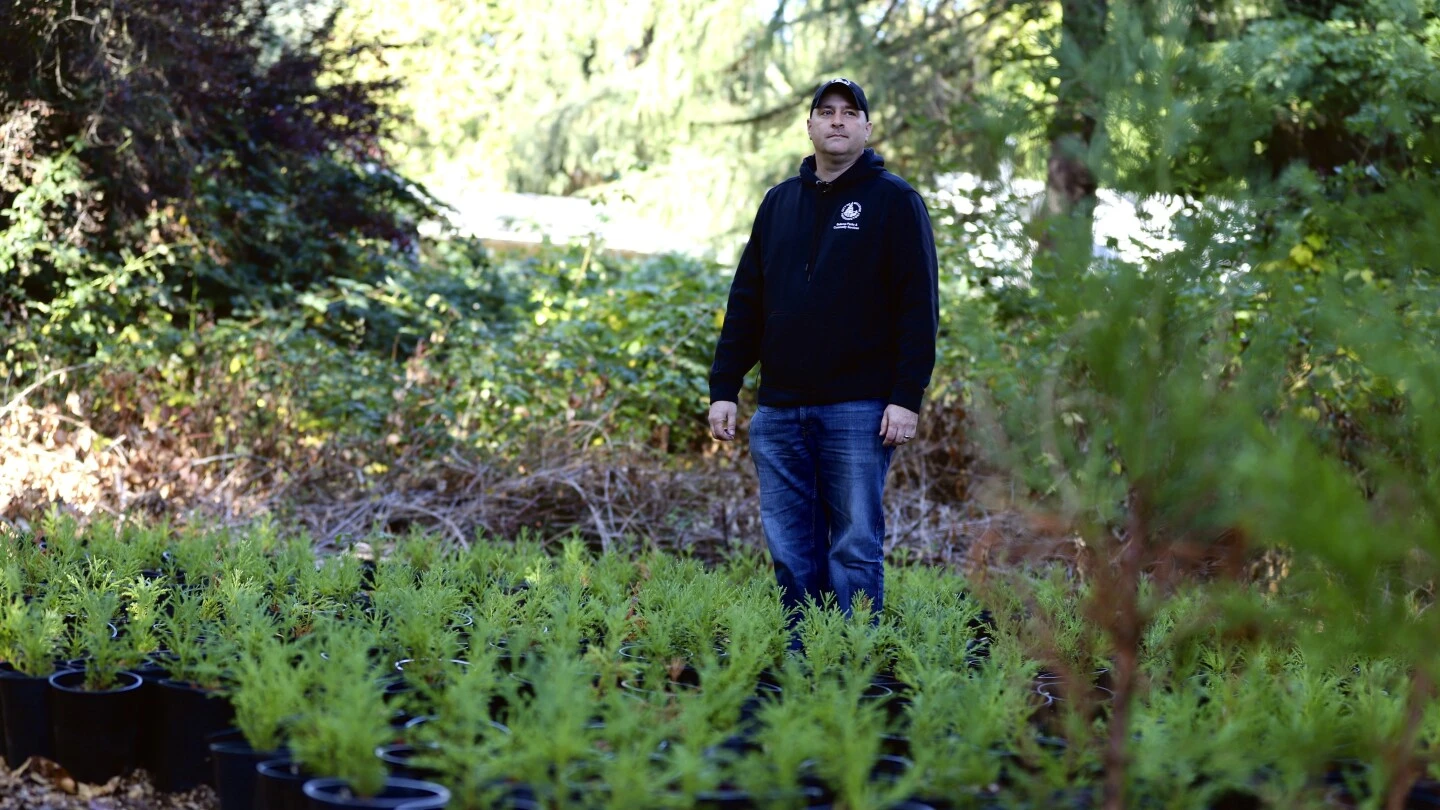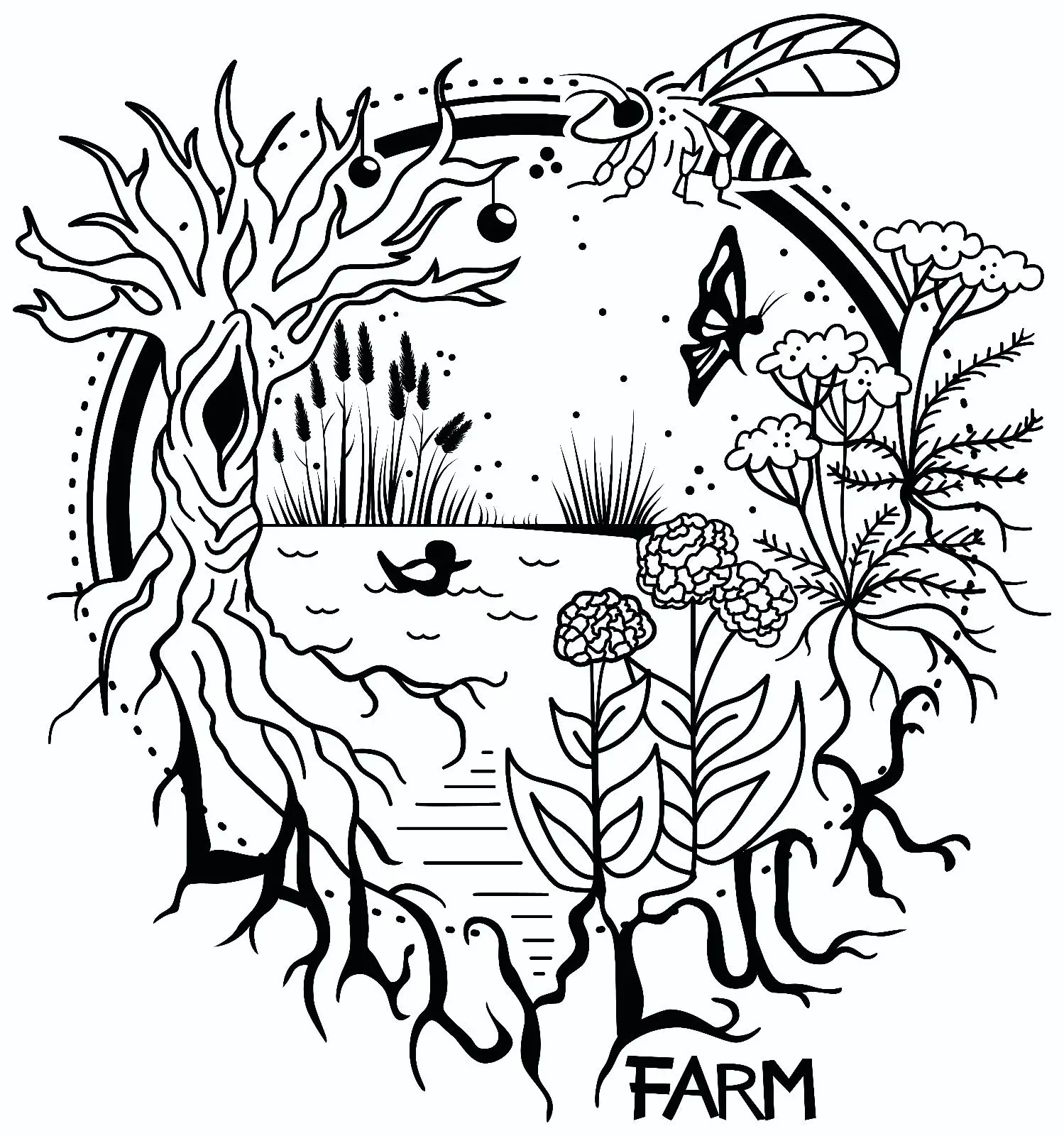As the world’s climate warms, tree growing ranges in the Northern Hemisphere are predicted to move farther north and higher in elevation.
Trees, of course, can’t get up and walk to their new climatic homes. This is where assisted migration is supposed to lend a hand.
I love seeing Dr. Tallamy quoted in more widespread publications, he’s one of the people that inspired me to do what I’m doing.
Personally, I’m propagating seeds from plants native to our bioregion as well as those whose range extends to just south of us - generally from understory species native to the Mid-Atlantic US when the range extends into New York and Massachusetts (we’re in Maine). One of the factors is discovering species facing decline in our region and selecting host plants for them, especially if they provide leaf forage for specialist caterpillars as well as berry or nut forage for other creatures.
One thing that’s on my mind is genetic buffering at a population level (I’m unsure if there’s a better word for this). I wonder what the percentages are for people intentionally ordering plants or seeds native to their region but from areas whose current climate factors are the projected ones for the grower’s area in X number of years vs those who are doing so unintentionally.
What could possibly go wrong?
Risks from planting species from bioregionally connected areas should be fairly low. But I agree that there should be study on possible risks.





